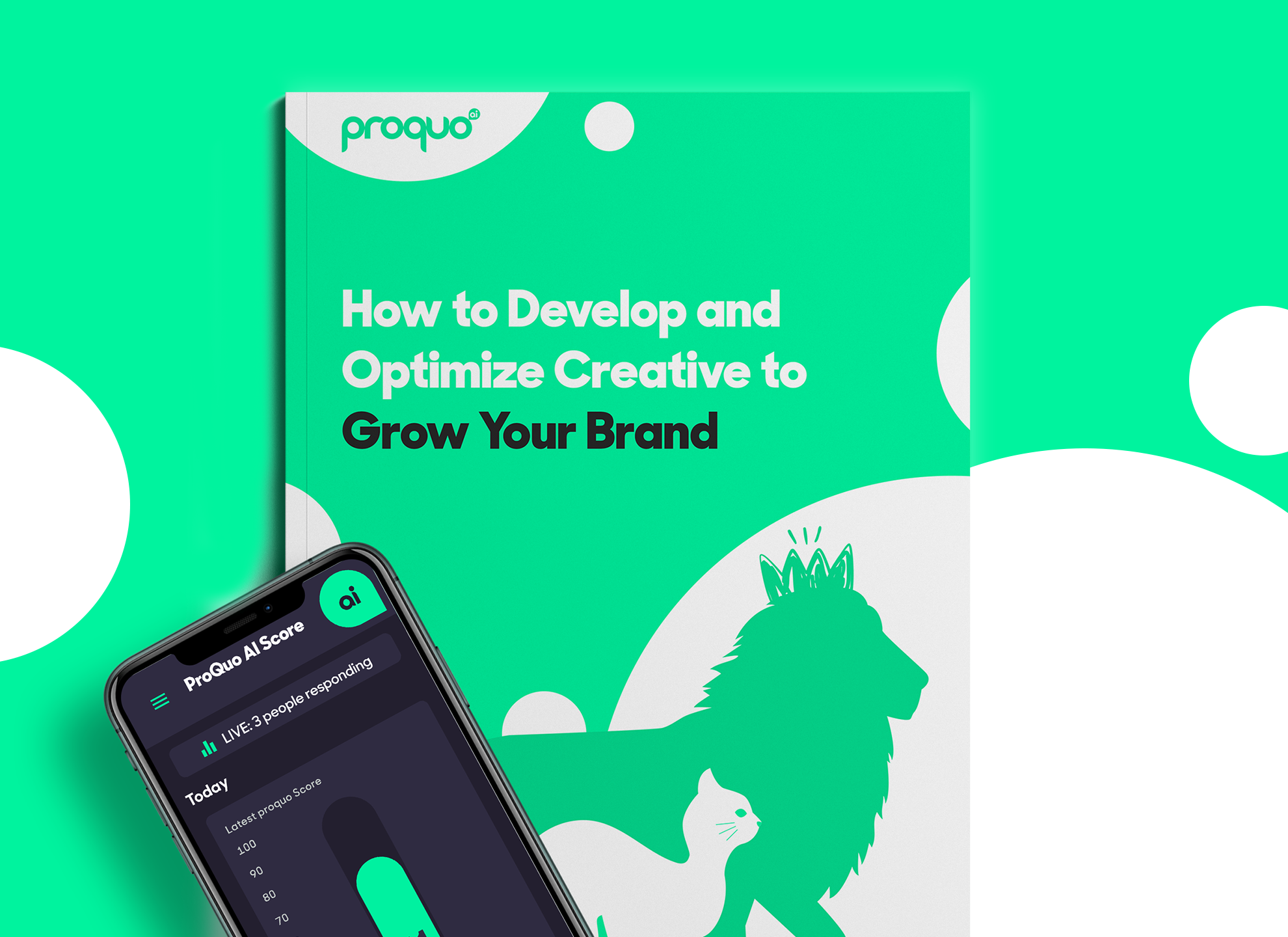
A quick Google search will tell you that they are the sage words of Lord Leverhulme, and in fact, the estimate is now thought to be a lot higher than 50%.
But why, in the era of technology and big data are there still so many question marks around marketing effectiveness? For brands with limited budgets, when it comes to any marketing activity – whether it’s a boosted post on Instagram or a whole packaging refresh – understanding that every dollar invested is pulling your brand in the right direction is crucial.
In this guide, we’ll show you the steps to take which will guarantee you don’t waste another marketing dollar on your campaigns. We’ll walk you through the milestones of planning, ideating, creating, launching and optimizing an effective campaign which meets your marketing goals, and delivers the hard commercial results you’re looking for.
A creative brief serves as a blueprint for any in-house creative team or agency. It outlines objectives for a campaign and helps guide creative direction aligned to the brand’s overall strategy. The key to a creative brief is that it should be exactly that – brief. It should be linked to the overall business objective of the brand, tell a story and be single-minded in its narrative.
Here, we’ll take you through the points to cover to nail your next brief.
Creative briefs begin with a challenge or an opportunity the brand is facing so the first thing you need to do is identify what you are solving for. Here are a few examples of the issues a creative brief might tackle:
So first, think about the single key challenge your brand faces. How will the creative execution be the solution? How will it be the thing which builds your brand in the exact way you want?
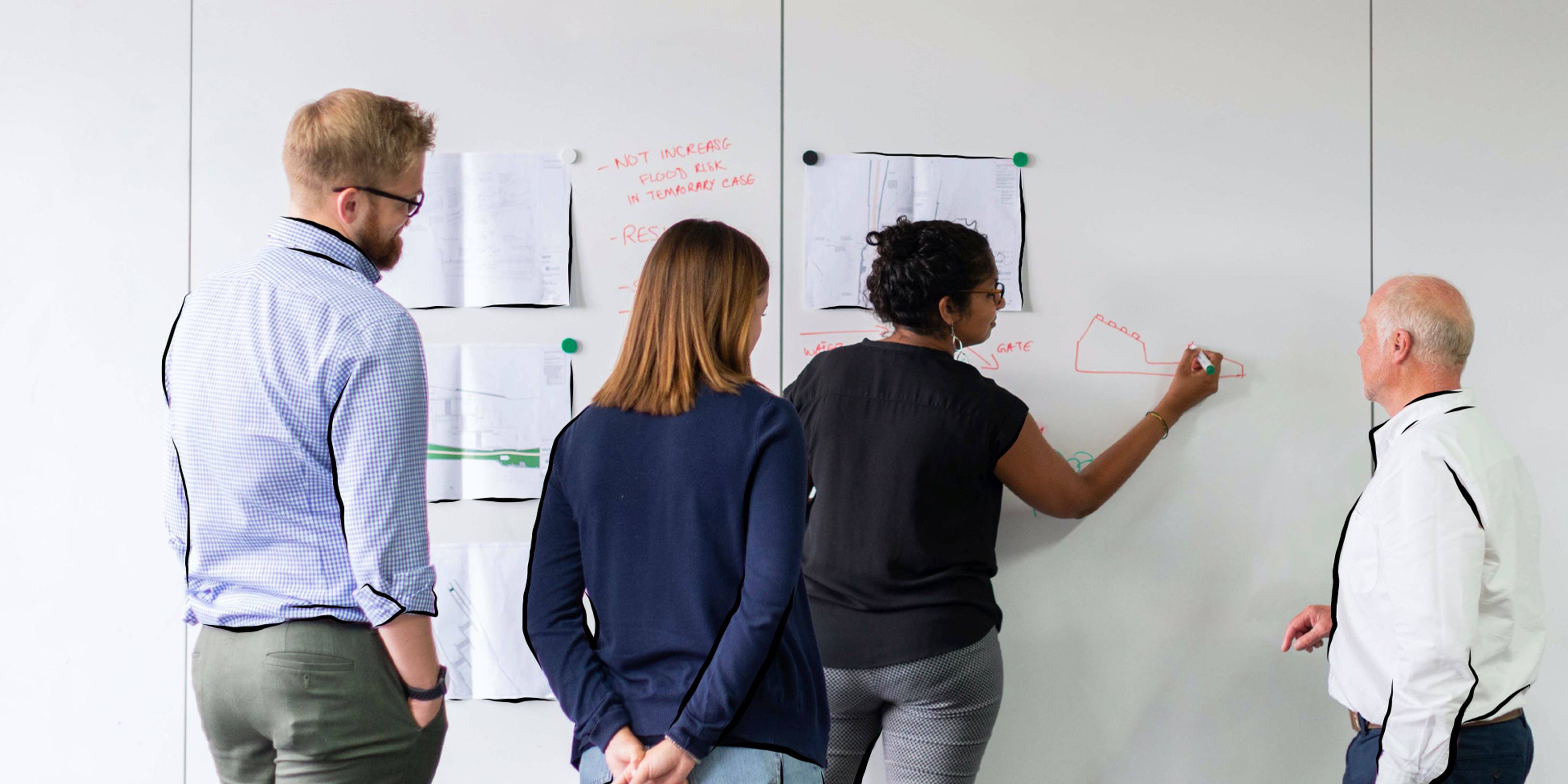
Clarity around the intended and specific commercial impact of your campaign helps inform: the creative development; the messaging; the channel and media strategy; and it will help you hold your team or agency accountable every step of the way.
It’s also useful to briefly summarize the competitive landscape and the category dynamics at play to help frame the context for the brief.
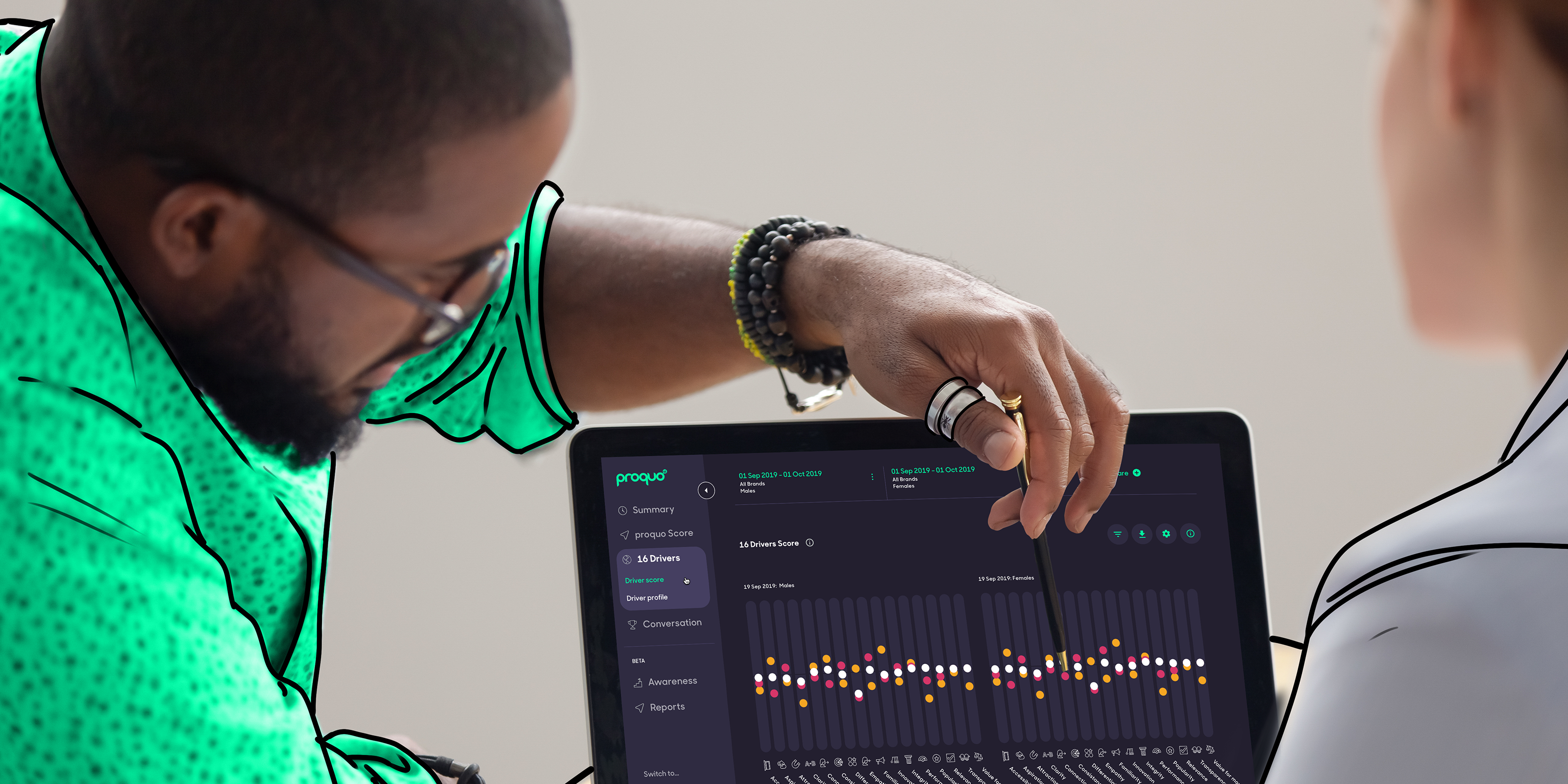
Summarize what your product or service does, why it exists, its mission and vision. This will help set the stage for the entire process, and will inform the creative development later on.
It should be possible to sum up a brand’s proposition in one simple phrase. Nike’s proposition for example is that it exists to ‘inspire and enable every athlete.’ Your brand proposition is your guiding star and your creative asset must somehow be a representation of it and link back to that. The creative asset doesn’t necessarily have to represent all of it – Nike’s ads for example will almost always inspire rather than enable - but they represent that part of the brand and they do it really clearly.

To create a campaign that really hits home, you need to define who you are targeting and really get under their skin. This will help sculpt the messaging, format and channels for your campaign, and it will help you cut through the noise.
You can slice and dice your target audience in a number of ways, depending on your campaign’s focus:
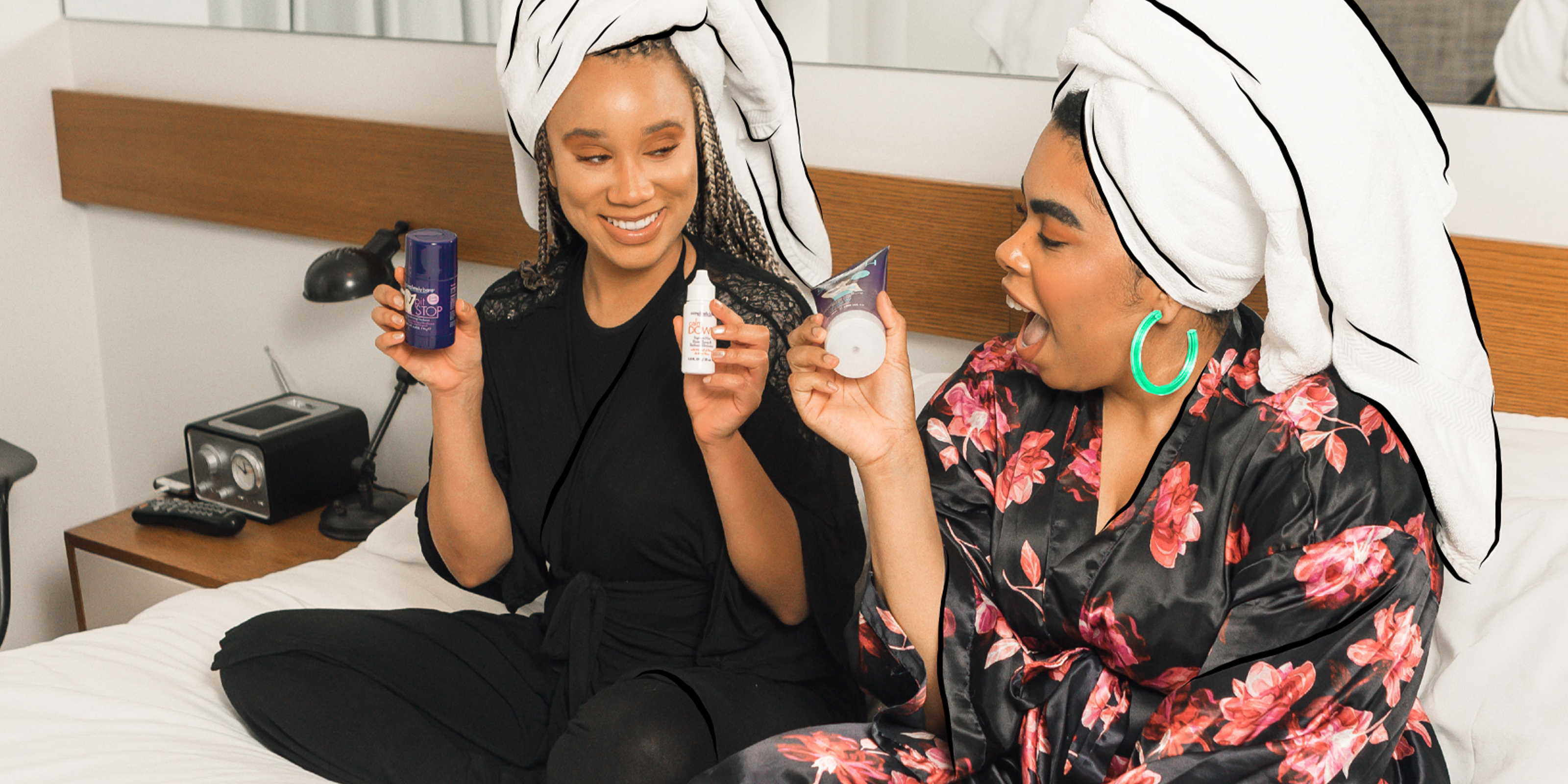
How do you want your communication to make people feel and what do you want your communication to make people think? This links back to the issue or opportunity identified at the start, and takes into account the needs and wants of your target audience. It might be you’ve identified an unmet need in the category that you want to capitalise on, or you want to communicate the emotional benefits of your new product by making people feel a connection with your brand.
At ProQuo AI, we have proven that there are 16 things which make up the relationships people have with brands. And it’s these strong relationships which drive sales alongside long-term loyalty and engagement with your brand. We call them the 16 Drivers of Relationships. When deciding on the shifts in feelings and thoughts you want to achieve with your communication, understanding where your brand stands and where you want it to go by selecting a few drivers to improve on can be a really straight-forward solution.
To learn more about ProQuo AI’s 16 Relationship Drivers click here, or see our Driver Dictionary below.

Try and find something that is true of the specific group you are targeting. What is common to the group, but not always obvious? The best pieces of creative are the ones which tap in very directly to what people need and want.
As a Brand Owner, think about what is going on in your consumers’ world. Consider major shifts they are experiencing in their everyday lives which could bring rise to new needs. Explore what cultural phenomenon they are interested in and whether you can capture some of this zeitgeist in your campaign.
A human truth which rings true now more than ever is a younger generation valuing honesty much more than they ever have before. That’s one of the reasons the American rapper Cardi B is so successful at the moment; because she is so unfiltered, and today – that holds serious weight.
When considering the human truth behind your campaign, make sure it brings rise to a tension. A change which has happened recently which has shifted your consumers’ feelings and changed their needs in one direction or another.
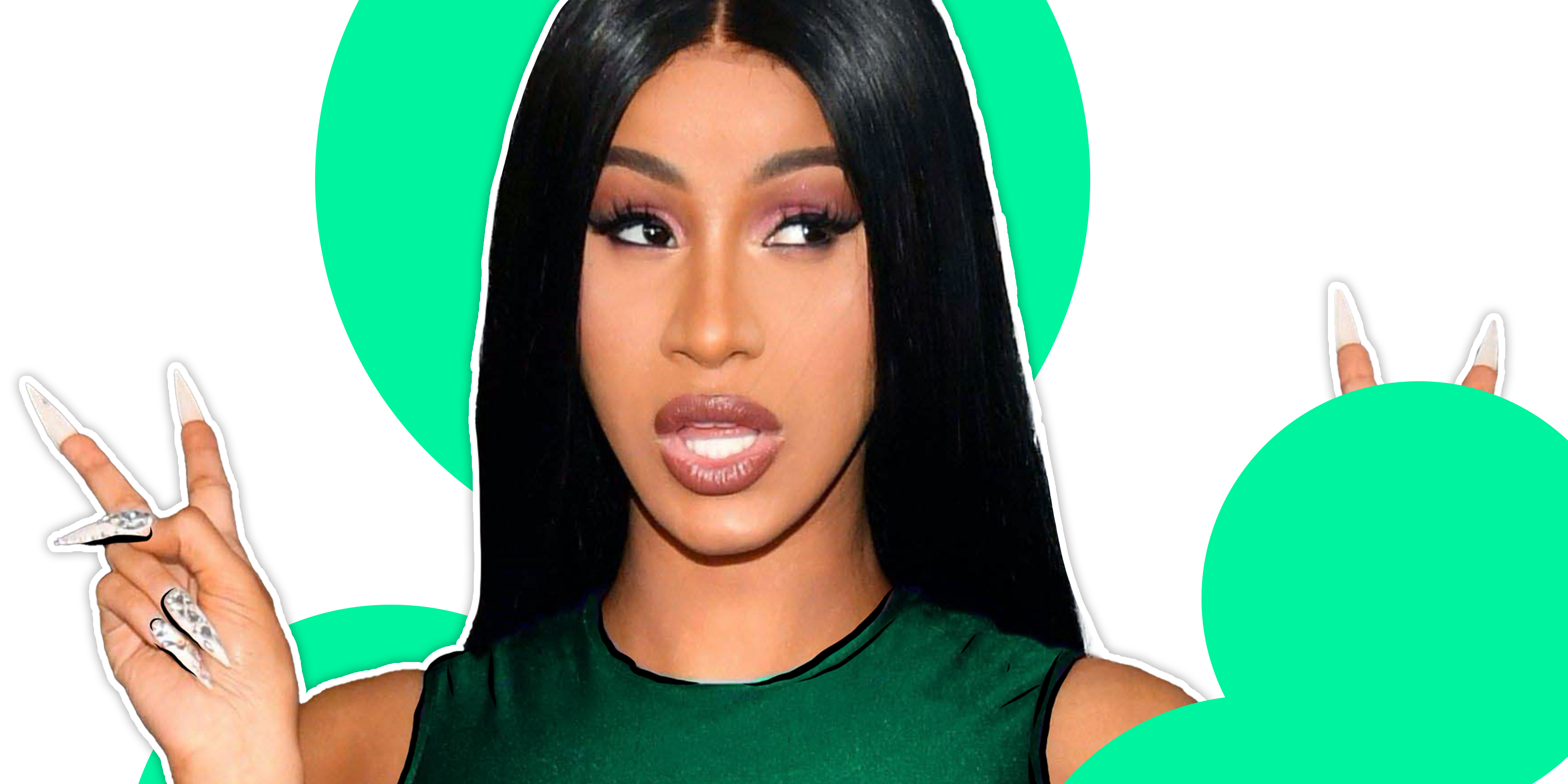
Once you have identified the people that you are going after and how you want them to feel and think, you have to decide what is the specific job that this ad needs to do. That might be, for example, to get young women who are eco-conscious to feel your brand is more transparent and has more integrity, by communicating in an honest, human way that you sustainably source all ingredients.
Your campaign’s task can be summed up using this simple framework:

For example, the task which set up Red Bull’s creative team to conceive the campaign idea ‘Red Bull gives you wings’ might have looked like this:
GET: Young men who feel weighed down by the pace of modern living
TO: Feel free and energised to live their lives the way they want to
BY: Creating a product that makes them feel physically supercharged and a brand personality that lifts them up
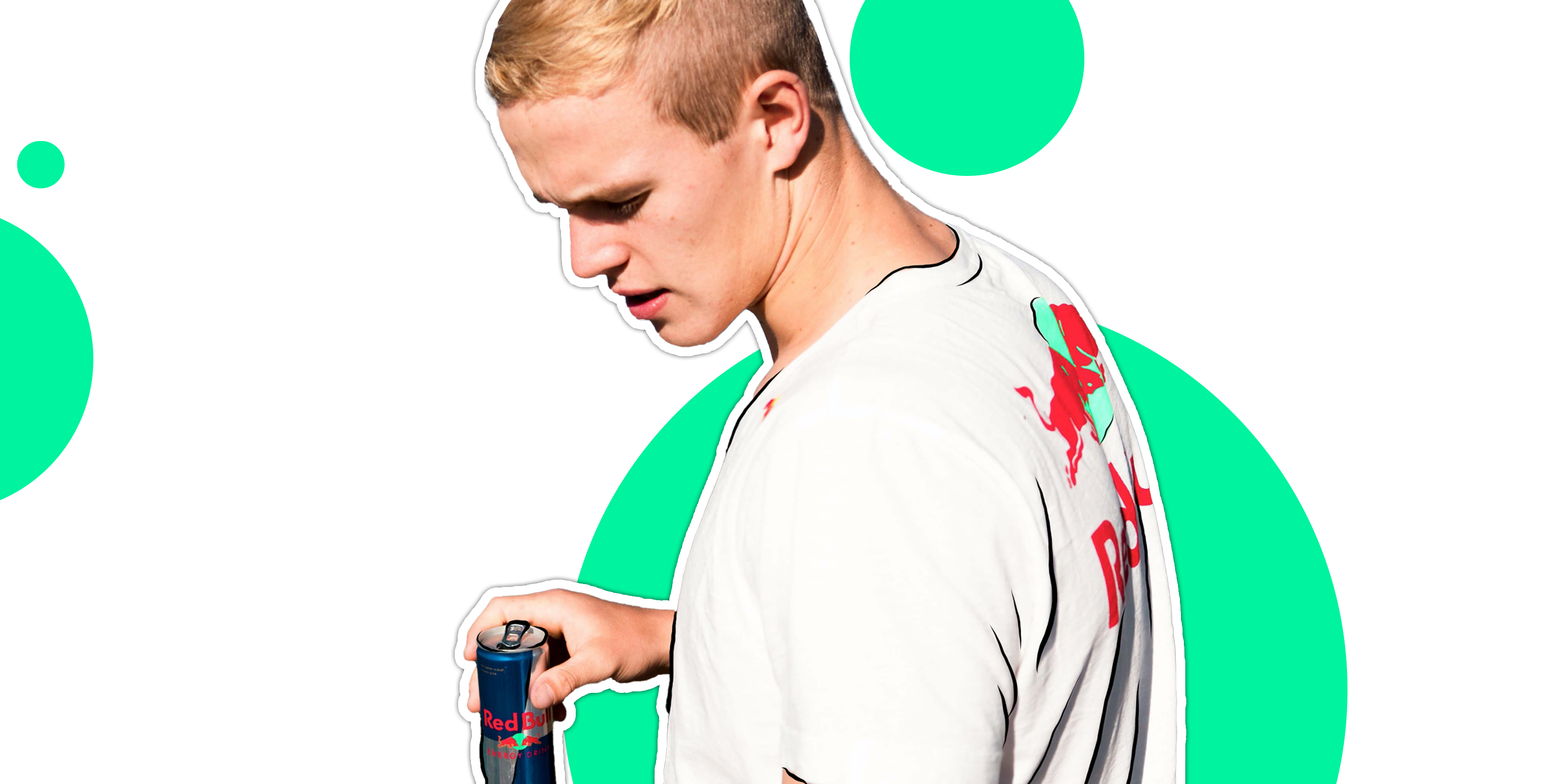
This is your main communication idea for the campaign. The money-maker. The bit that inspires the creative team to find a solution. It is the distilling of your campaign’s task into one single message.
Here are some things to think through:
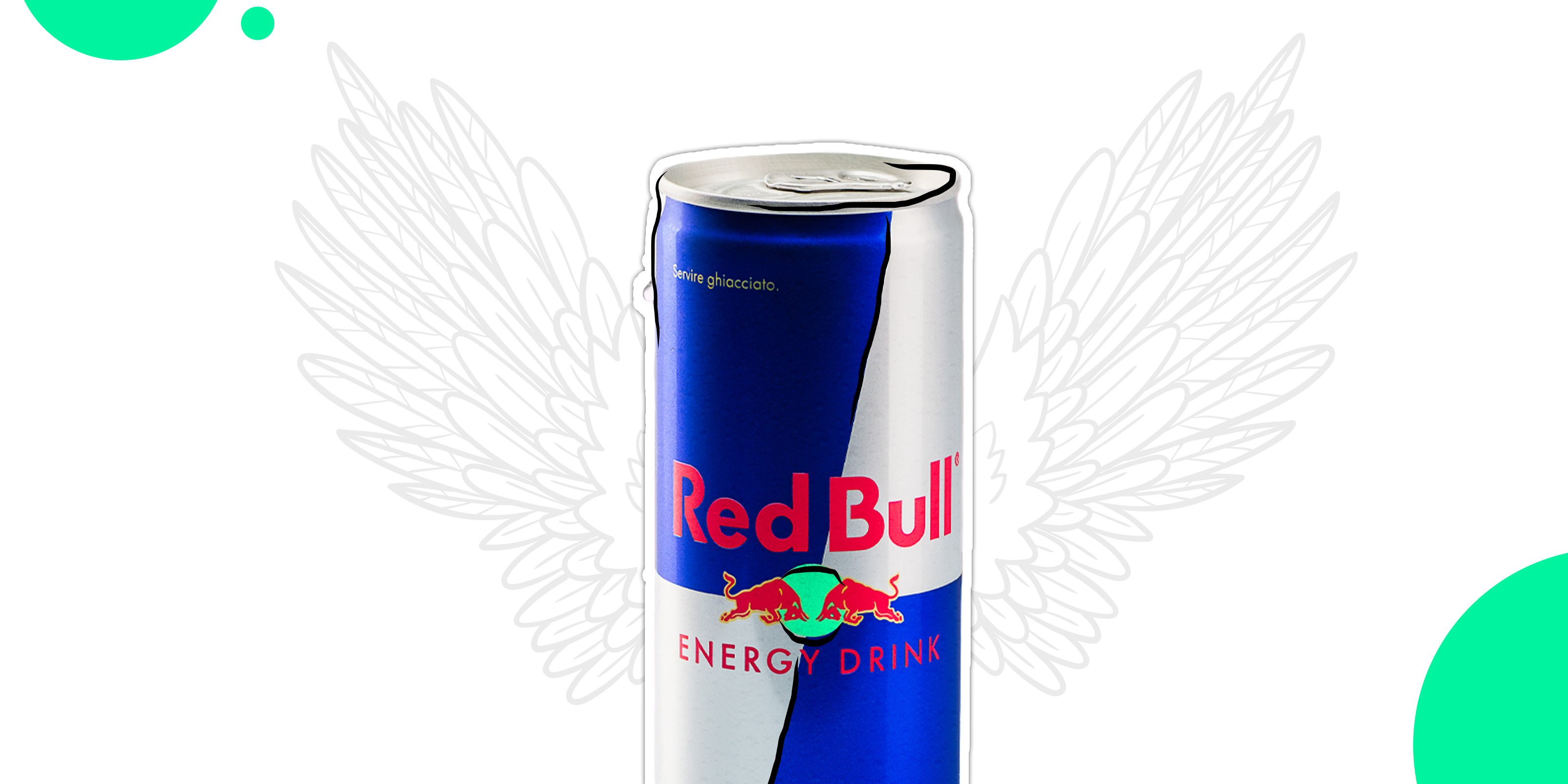
These are the facts or ideas which support in the communication of the Single-Minded Proposition. In short, they are the statements, or proof-points, which give your audience reasons to believe your bold communication idea. Are you backed by science? Are you delivering something to the category nobody else is? Have you developed world-class technology to aid your brand’s performance?
Reasons to believe can stretch across wide ranges, include strong claims language, like superiority #1 claims or even top parity claims, like “Nothing is Stronger”. Alternatively, reasons to believe can reveal technology or ingredient stories which allow people to have faith in your product based off its delivery.
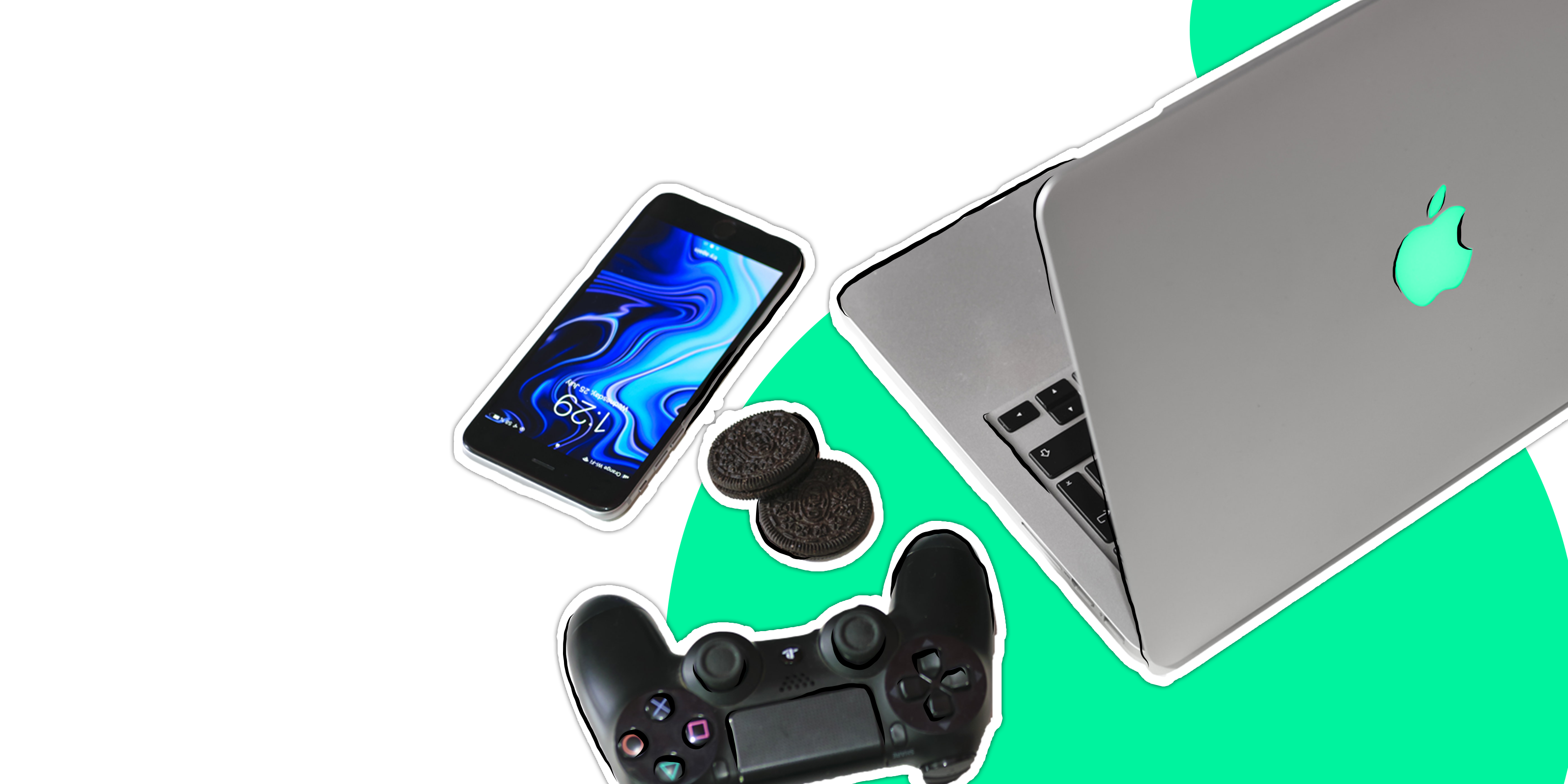
Remaining consistent and true to your brand’s personality is key for any communication to come across authentically. This can sometimes pose a creative challenge, though.
Take for example a brand known for its emotional connection and the challenge of needing to communicate a clear, functional, benefit-led message. Many times, functional benefits are expressed rationally rather than emotionally – they help emphasize the brand’s role in a consumers life, or they express how well the product performs its core purpose.
A brand like Fever-Tree is a great example, though, of how an emotional brand can deliver a rational message. Their campaign clearly communicates their product’s performance, while using supporting imagery to drive its attraction. Their claims language around “3/4 of your drink is the mixer, mix with the best” blends a clear performance message alongside one of popularity and aspiration.
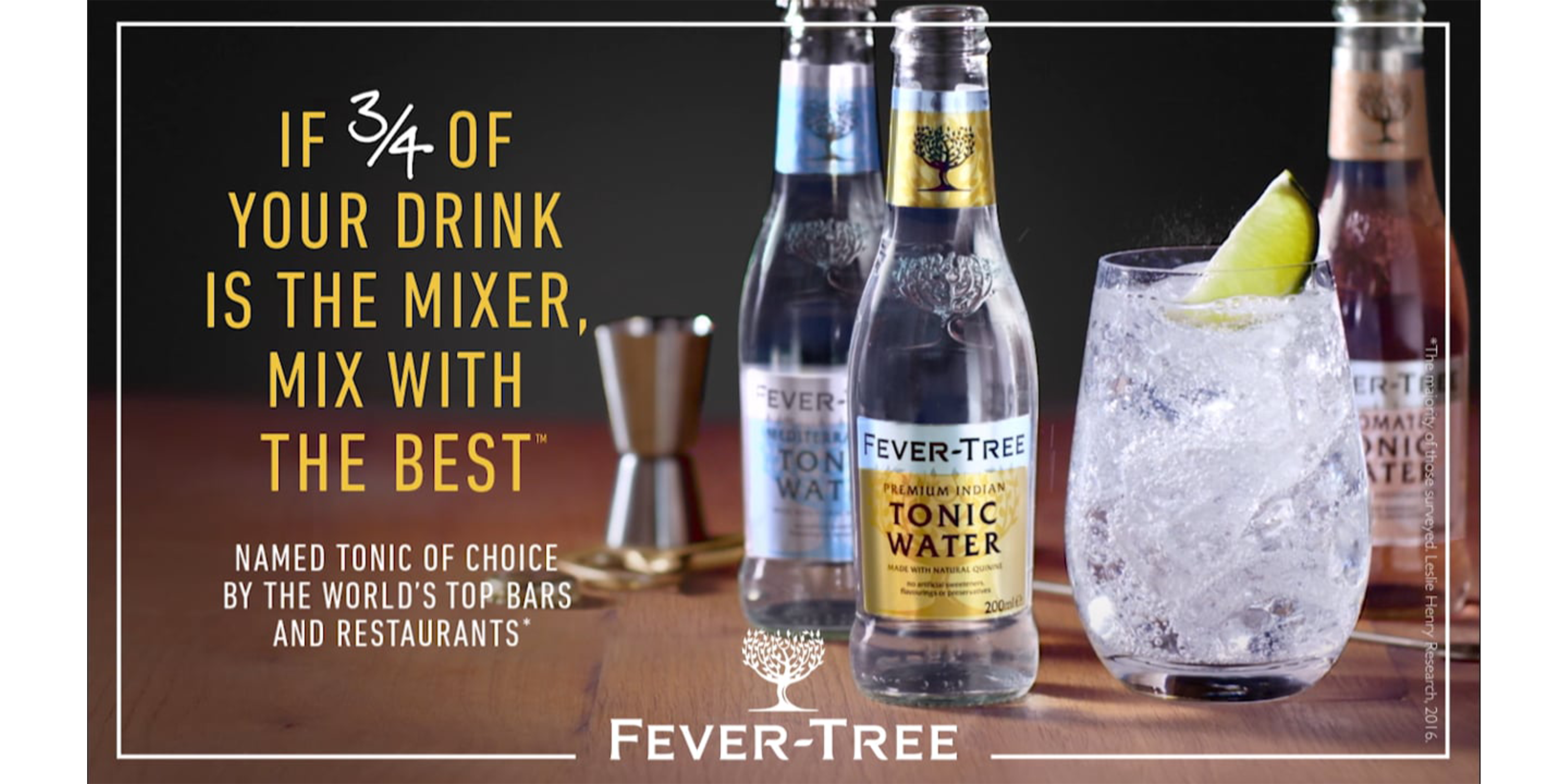
Now that you know and understand your audience, and what you want to communicate to them, you need to think about what is the most effective way to get your message across. This is about understanding where your target audience lives and breathes, and identifying how you can tap into their everyday lives.
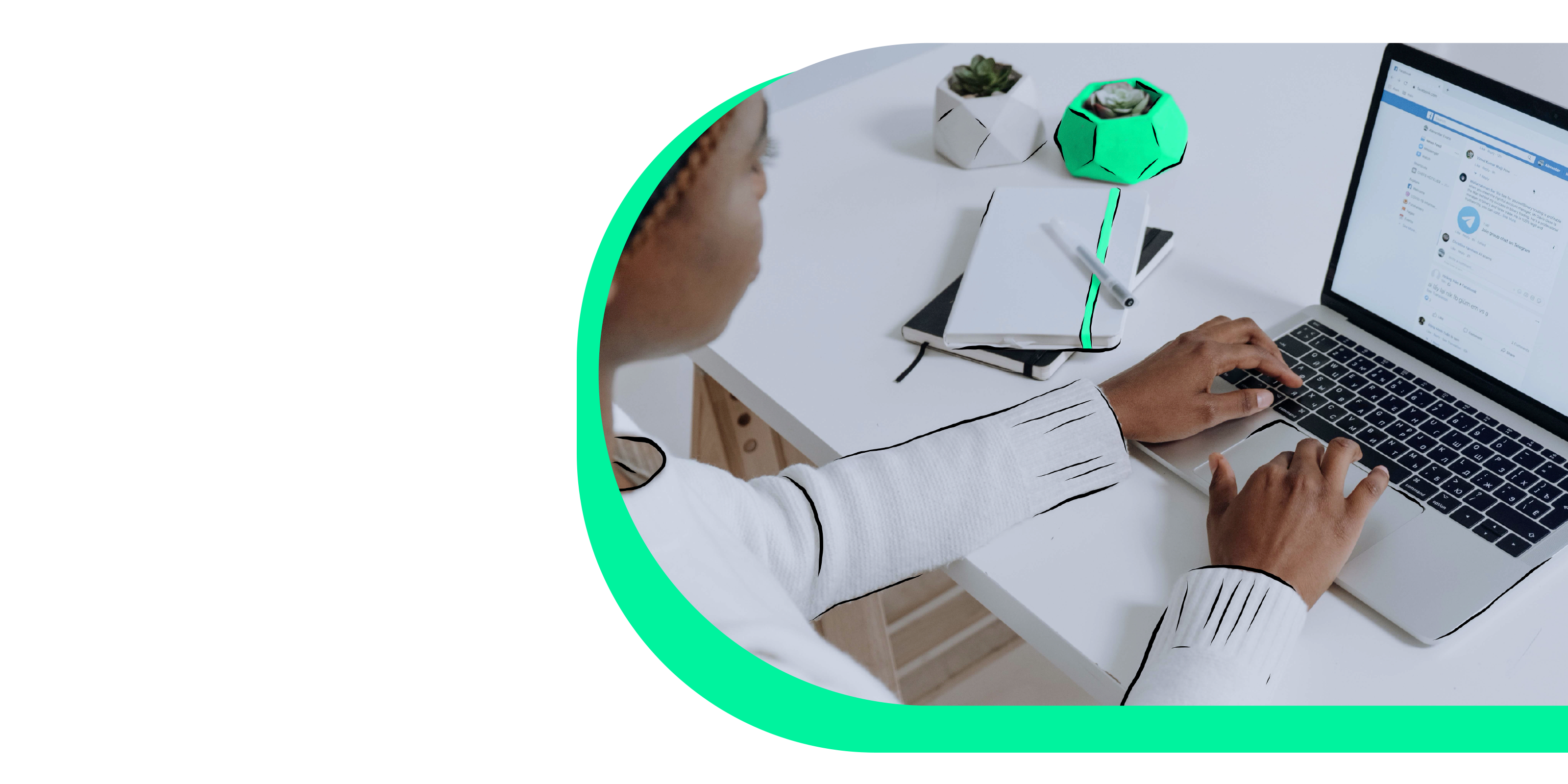
How will success be defined for this campaign? Setting KPIs from the start allows you to monitor closely what’s working and what isn’t, and provides metrics to evaluate the performance of your campaign against.
Here are a few thought starters:

So, you now have in your hands – preferably on no more than two pages – a killer creative brief to propel an agency or in-house team to bring your piece of communication to life. Passing the baton to the creatives is a thrilling, but daunting, milestone on the path to pushing your campaign live. But by providing a single-minded and tight creative brief, you’re already well on your way to developing a campaign which is guaranteed to grow your brand.

You’ve now kicked off the creative development process. The creative team will devise and share initial ideas and creative concepts in response to the creative brief.
Throughout the process, you need to keep coming back to your initial brief: what was your campaign’s goal and the overall objectives you set? What was the single-minded proposition and how is it being communicated, creatively? To ensure whatever you’re developing is aligned to your overall strategy, and actually delivering upon the results you set out to achieve, you need to optimize and iterate the creative assets along the journey from ideation through to production.
Placing your initial concept idea in front of real people within your target market before putting big bucks into production or media investment allows you to check that the creative you’re planning on building will actually do the job that it needs to do. And at the earliest of stages, it will indicate to you that you’re heading in the right direction.
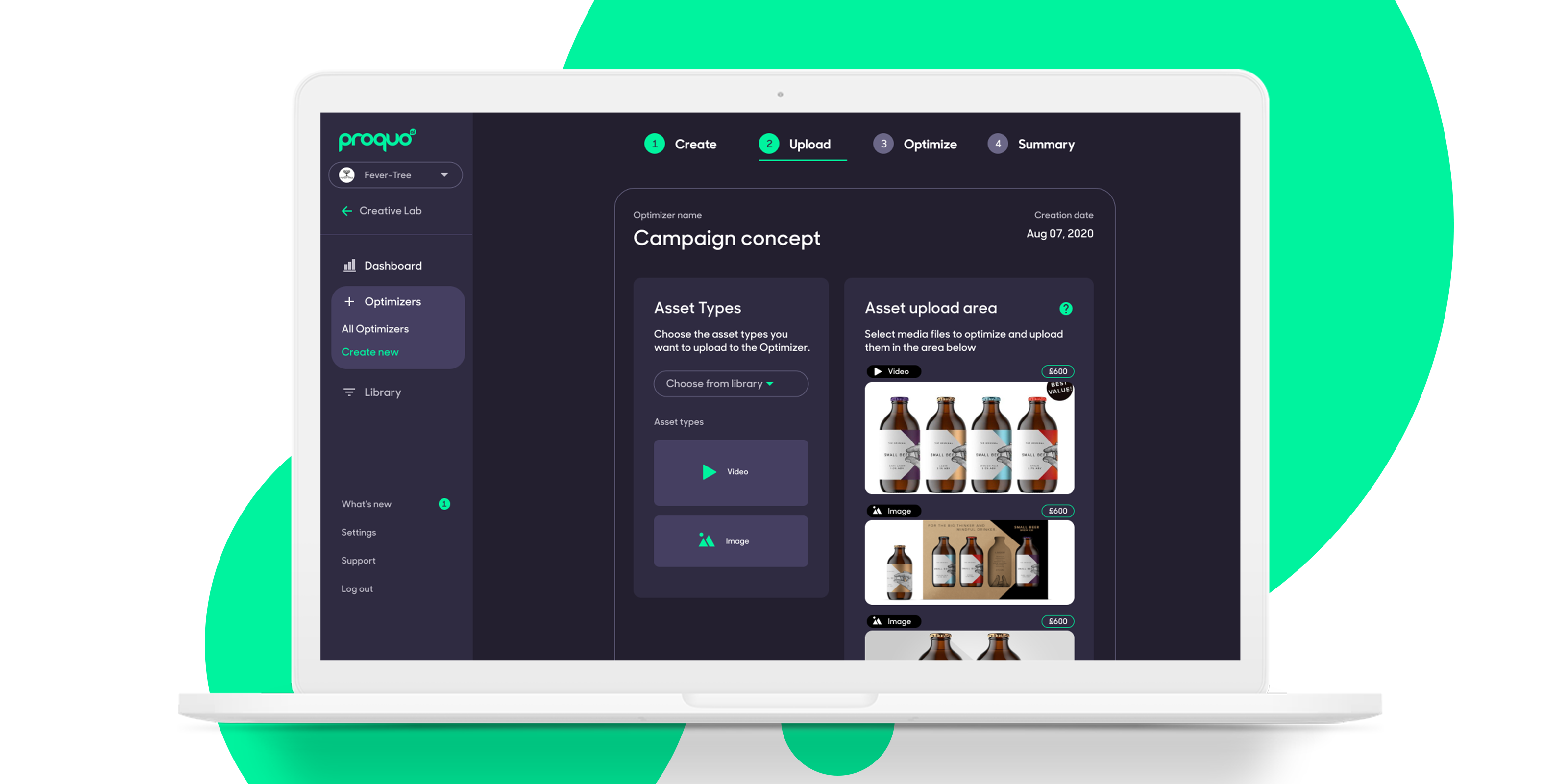
Ideally, you should gauge the performance of your creative – and the impact it has on your brand - at least twice as you build and iterate your assets:
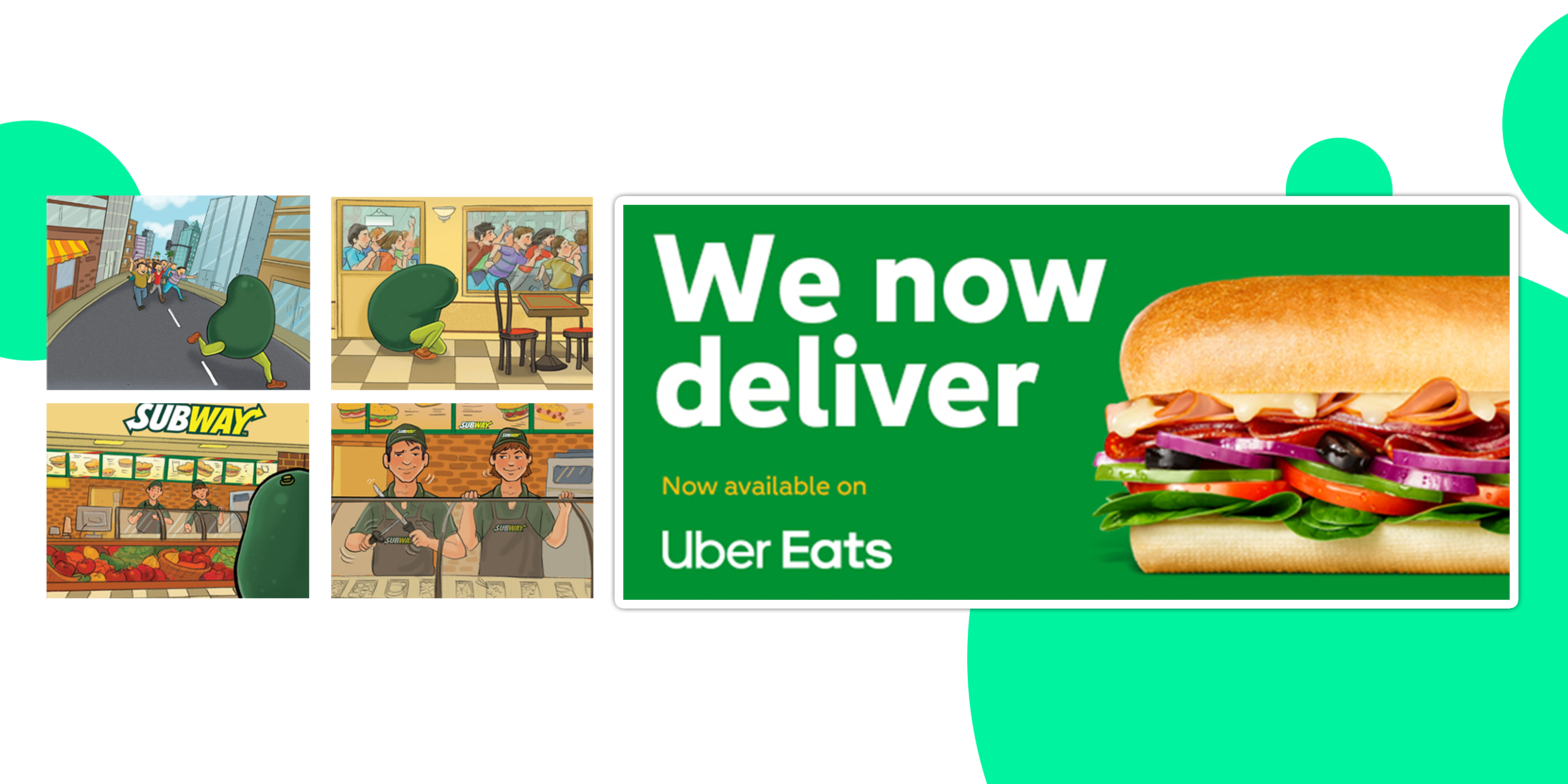
One of the ways to get a read on the effectiveness of your creative asset before it goes live is through A/B testing on digital platforms. This approach gives you an initial feel for the type of engagement each creative is likely to receive and allows you to switch certain assets on or off based on metrics such as clicks, likes or shares.
But these metrics give you a very one-dimensional view of your campaign and the impact it’s having on your brand. And, it assumes you will dedicate part of your tight campaign media spend toward ‘testing and learning’. Clicks and shares don’t necessarily indicate whether you’re on track to reach your campaign objectives. Especially when what you really want to know is far less superficial. Knowing whether your creative is driving your brand’s Relevance amongst your target audience, or knowing whether they feel your brand is more Aspirational as a result of seeing the asset is far more important. Most importantly, though, clicks and shares don’t correlate perse with immediate increases in sales.
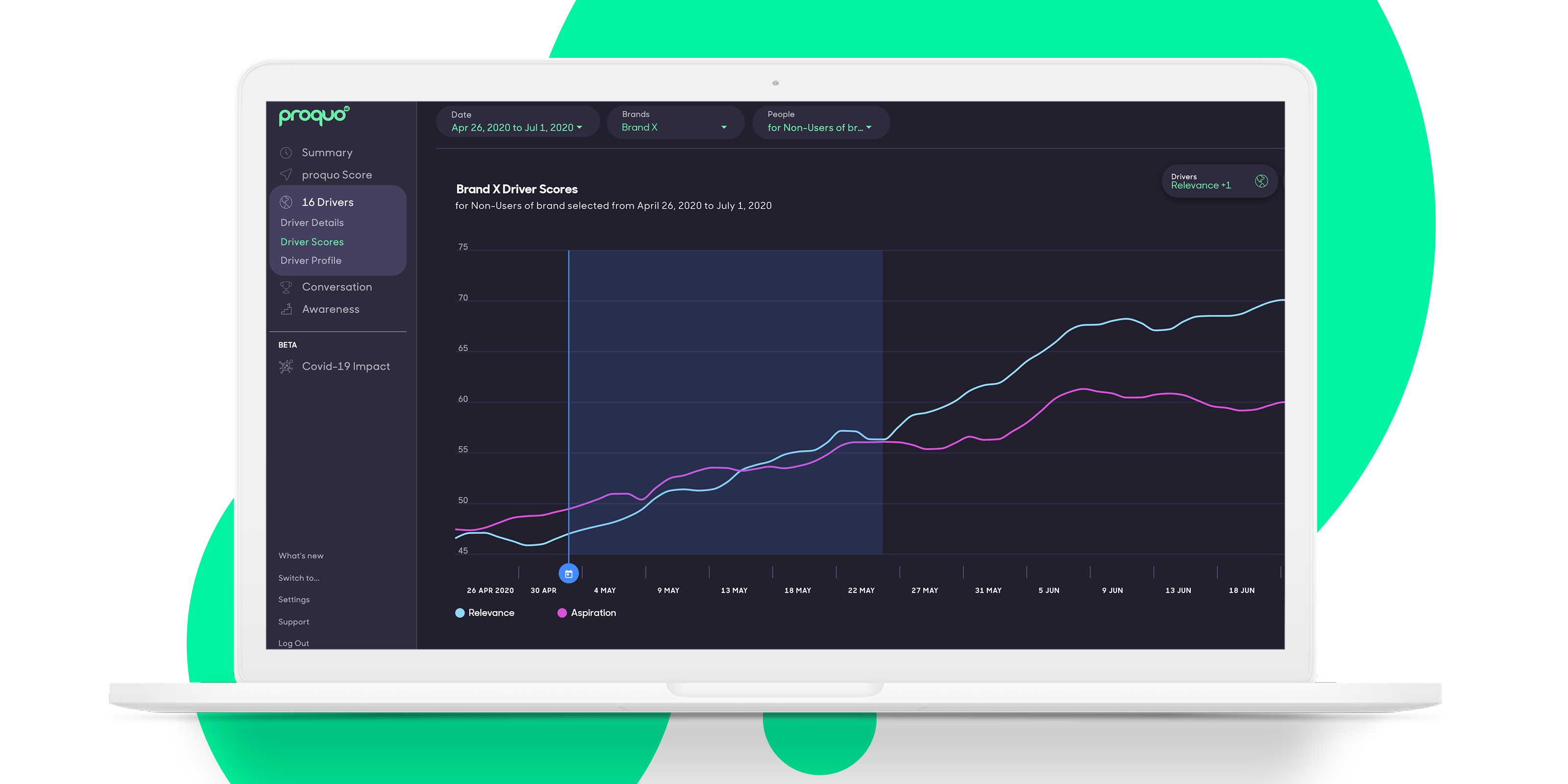
ProQuo AI’s Creative Lab is completely revolutionising the approach to optimization pre-launch, giving brands the ability to look at any asset before it goes live and understand the impact it’s going to have on their brand before they make that critical investment in the media.
In a matter of hours, not days, you get a read on whether your assets will effectively hit your objectives set out in the planning phase and give you detailed guidance as to how and where they can be optimised before you start spending media budget. You can find out more here.
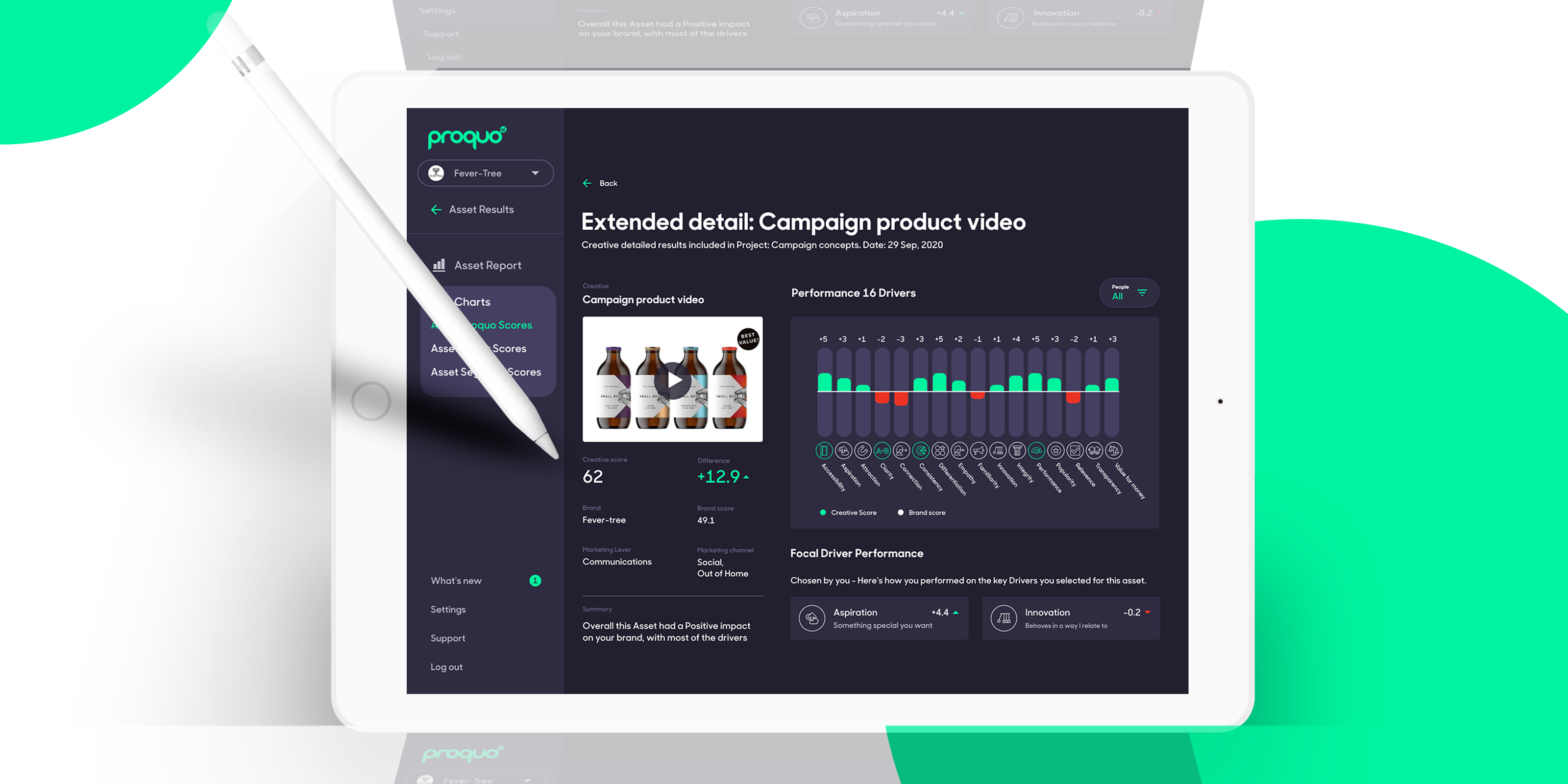
So by now, you’ve built a rock solid plan for your campaign, you’ve iterated and optimized the asset, you’ve planned your channel mix and media budget, you’ve pressed ‘go’ and you’ve launched your campaign for the world to see.
You may think you’ve reached the end of the journey, but in fact, now is where the fun begins. Monitoring campaign performance in real-time is game-changing; it enables brand managers to keep their finger on the pulse of the instant impact of their campaign against the key performance indicators they set in the planning phase – and to see what’s working and what isn’t.
Real-time campaign monitoring allows you to take action and maximise your marketing spend right up to the end of the campaign. You can see instantly whether your campaign is strategically changing the way people feel about your brand, and with a platform like ProQuo AI, more importantly you can understand why. By unpicking what’s working for your brand and what isn’t, and specifically, why a campaign is pulling your brand in one direction or another, you can take the learnings and bake them into future plans. You’ll know what you need to replicate, and where you need to focus to grow your brand.
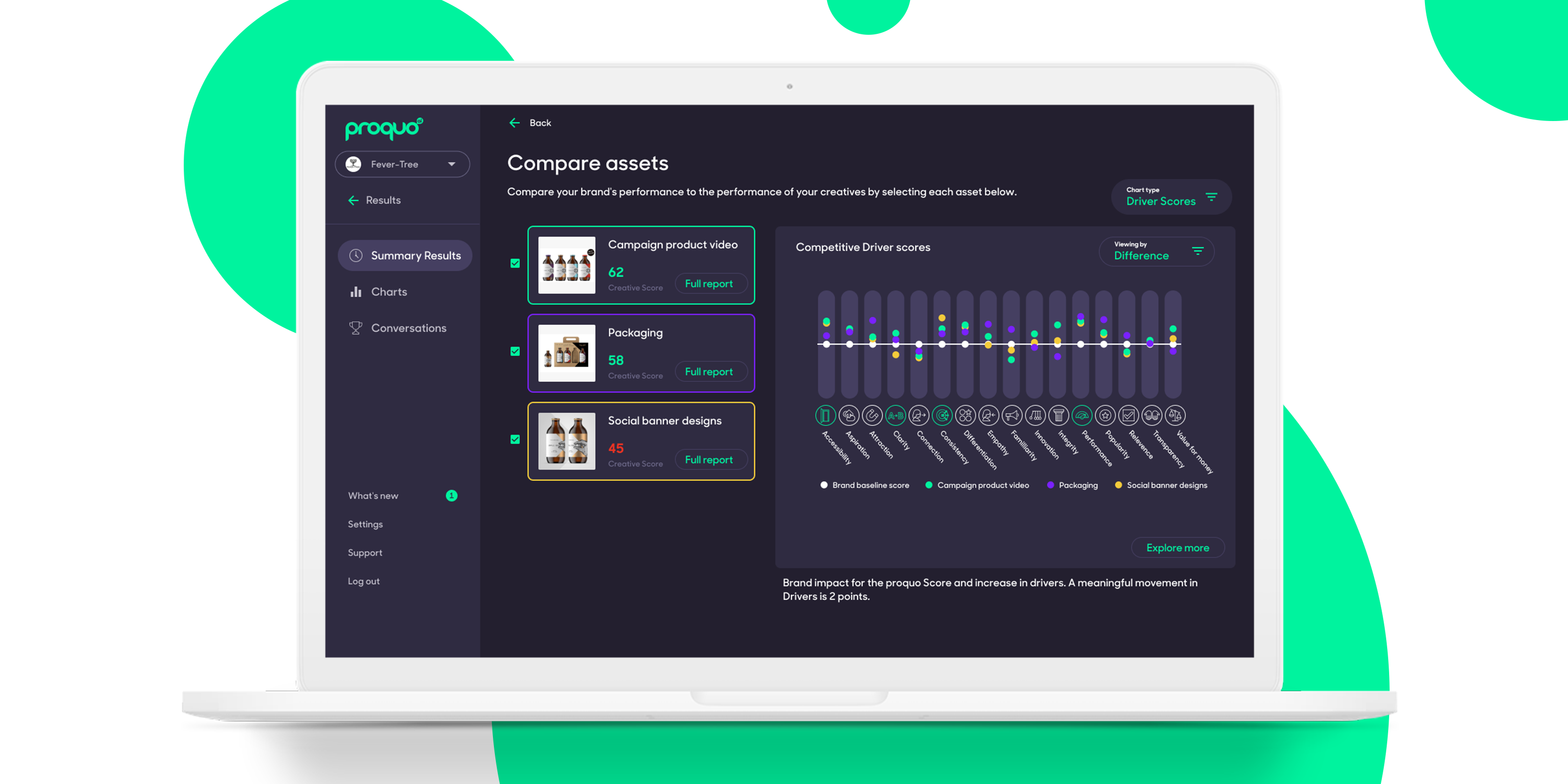
Live campaigns can easily take an unexpected turn, even if you’ve done your homework in the planning and production stage. External events and trends can all instantly impact the effectiveness of a campaign, or your competitors may launch a campaign themselves that dilutes your impact or messaging. So, a live view of how your campaign is performing is essential to delivering your goals.
You don’t have to stop at simply monitoring your campaign in real time – depending on your media channels, you may be able to optimize it in real time too. Even when your campaign has gone live, you can still do a huge amount to improve the outcome of your campaign, so you need to be ready to respond on the fly as things change.

Here are just a few ways of optimizing campaigns in real-time:
Optimizing is an art and seeing an immediate response to the changes you are making can be incredibly empowering and rewarding.
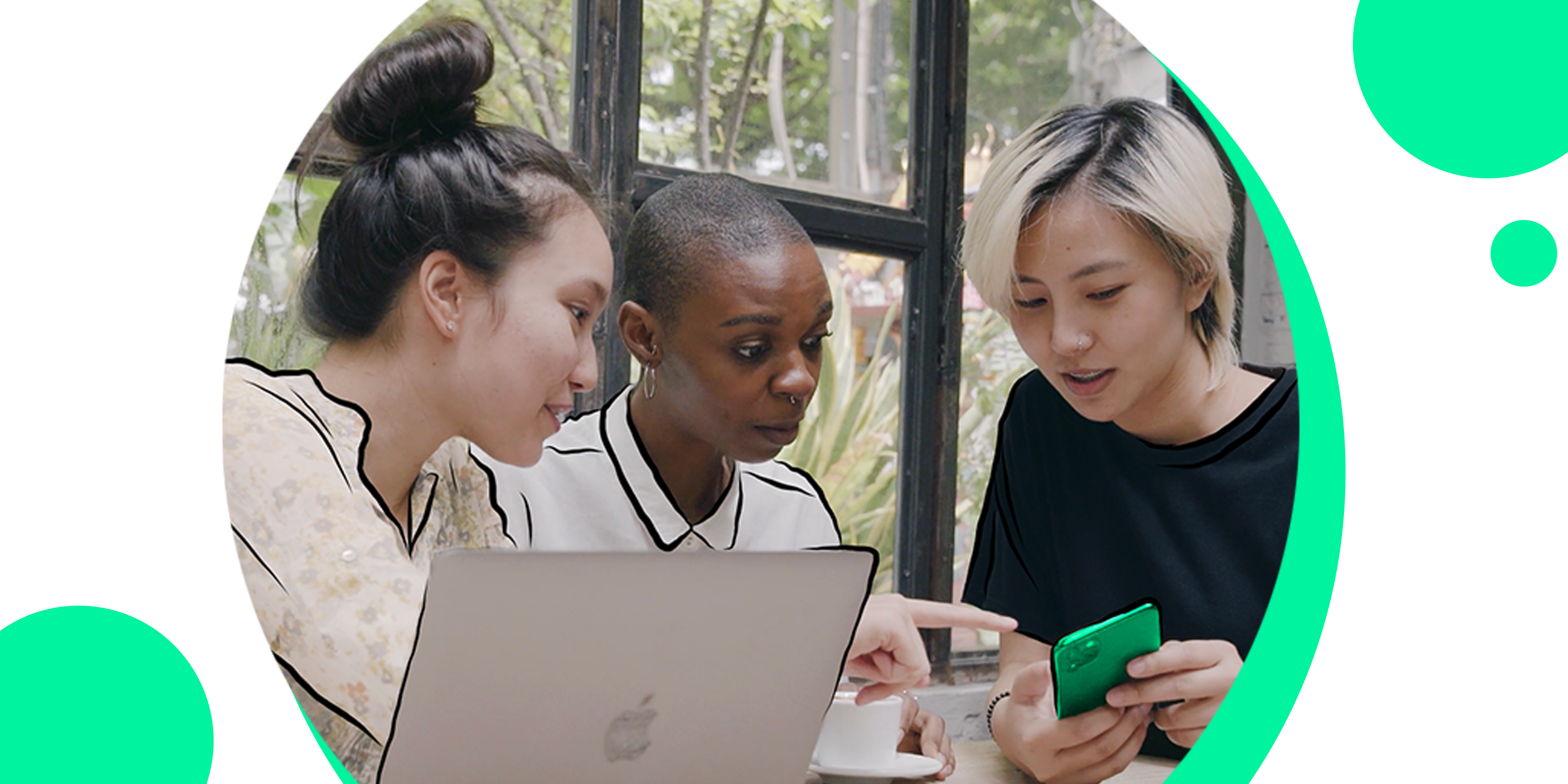
By laying down your smart and strategic thinking in a creative brief, then optimizing and sharpening the creative assets along the development process, you’re able to ensure the communication you launch into market is the best it can possibly be. And through constant monitoring once it’s live, you can course-correct the direction your campaign is taking by fine-tuning assets or adjusting your media spend, in real-time.
When Lord Leverhulme said, "Half the money I spend on advertising is wasted, and the trouble is I don't know which half”, for the time he was right. But in today’s world, forward-looking technologies allow you to ensure that the money you’re spending on media have a guaranteed return on your marketing investment. There’s no need for guesswork any longer. And there’s certainly no budget to waste.
For today's brands, it’s imperative we make every penny count.
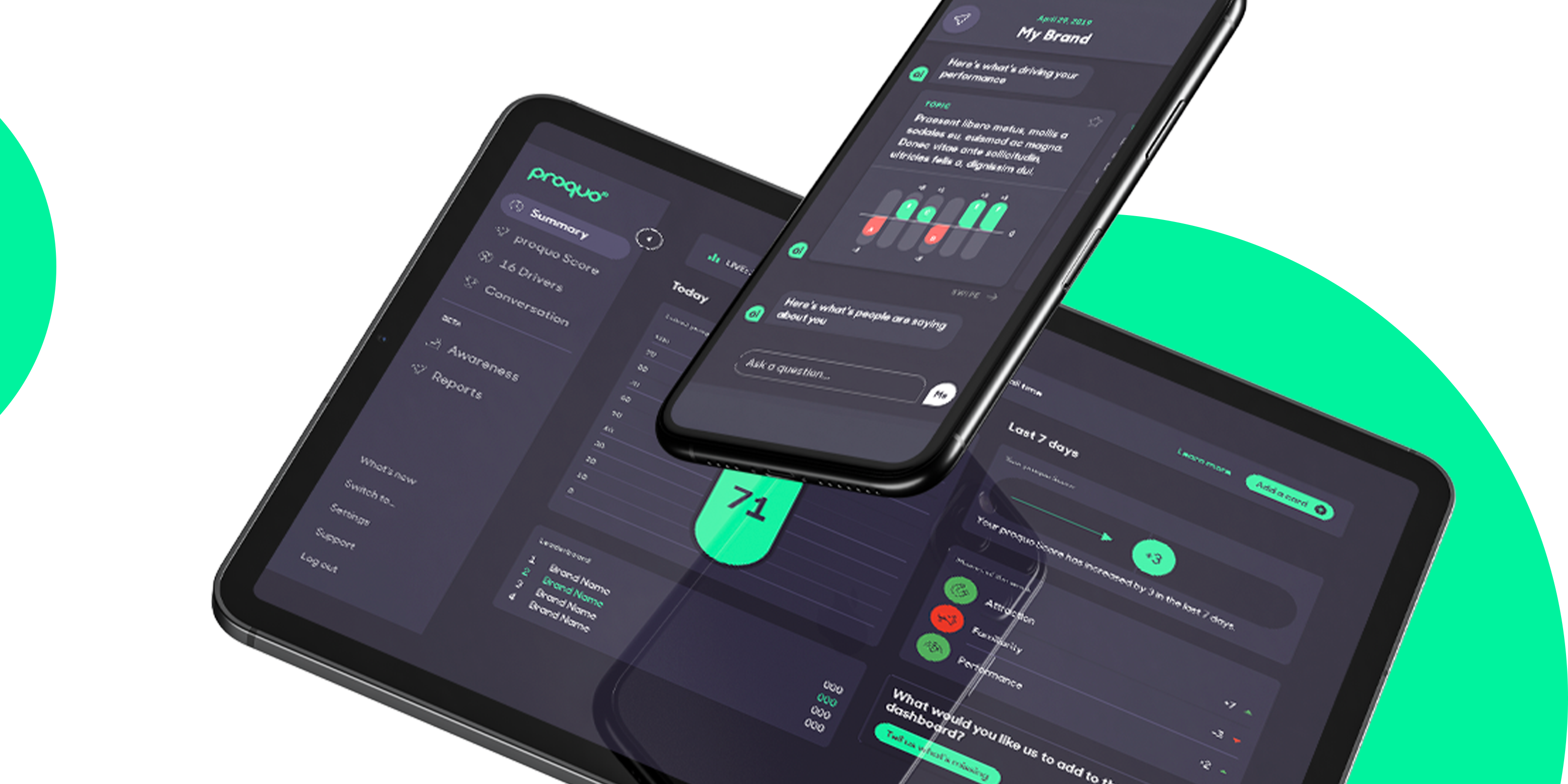
At ProQuo AI, we’re pioneering a new category: AI-Brand Management.
Our creative testing platform, CreativeLab allows brand owners to optimize any creative asset – whether it’s a concept on paper to a fully-finished TV ad – before it goes live, guaranteeing that those marketing dollars go even further.
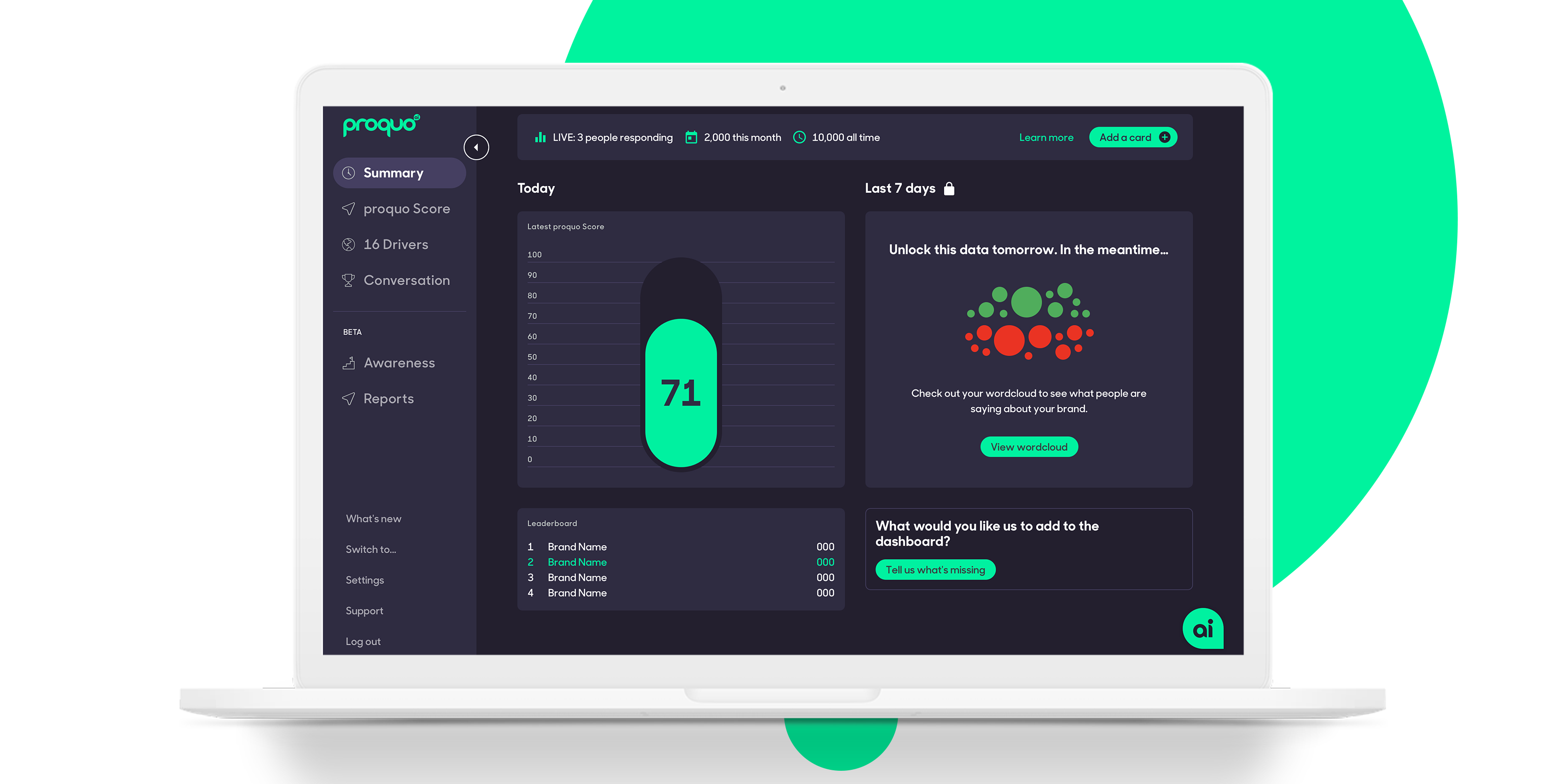
Our intelligent platform will take your brand further, faster.
Don’t believe us?
Quick links
Get in touch
hello@proquoai.com
368 9th Ave, New York, NY
10001, USA
1100 Ludlow St, Philadelphia, PA
19107, USA
245 Hammersmith Road, London, United Kingdom, W6 8PW
173 Oxford Road Johannesburg 2196,
South Africa
© 2020 ProQuo AI All rights reservedWebsite by Blend